
The pole is associated with the occasions of the water trough festival, the new rice offering ceremony, the buffalo stabbing ceremony, the weddings... of the Ca Dong, Xo Dang, and Mo Nong people. It is not easy to see the people erecting the pole to worship the gods, because most of the pole-raising ceremonies are only held in small villages, without the participation of outsiders.
At this competition, the M'Nong people in Tra Leng commune brought a colorful "Rang" pole and recreated the buffalo stabbing ceremony. The pole was made from natural materials such as bamboo, reed, tung, rattan... Near the base of the pole, the artisans arranged rattan in an arc to tie the buffalo's neck.
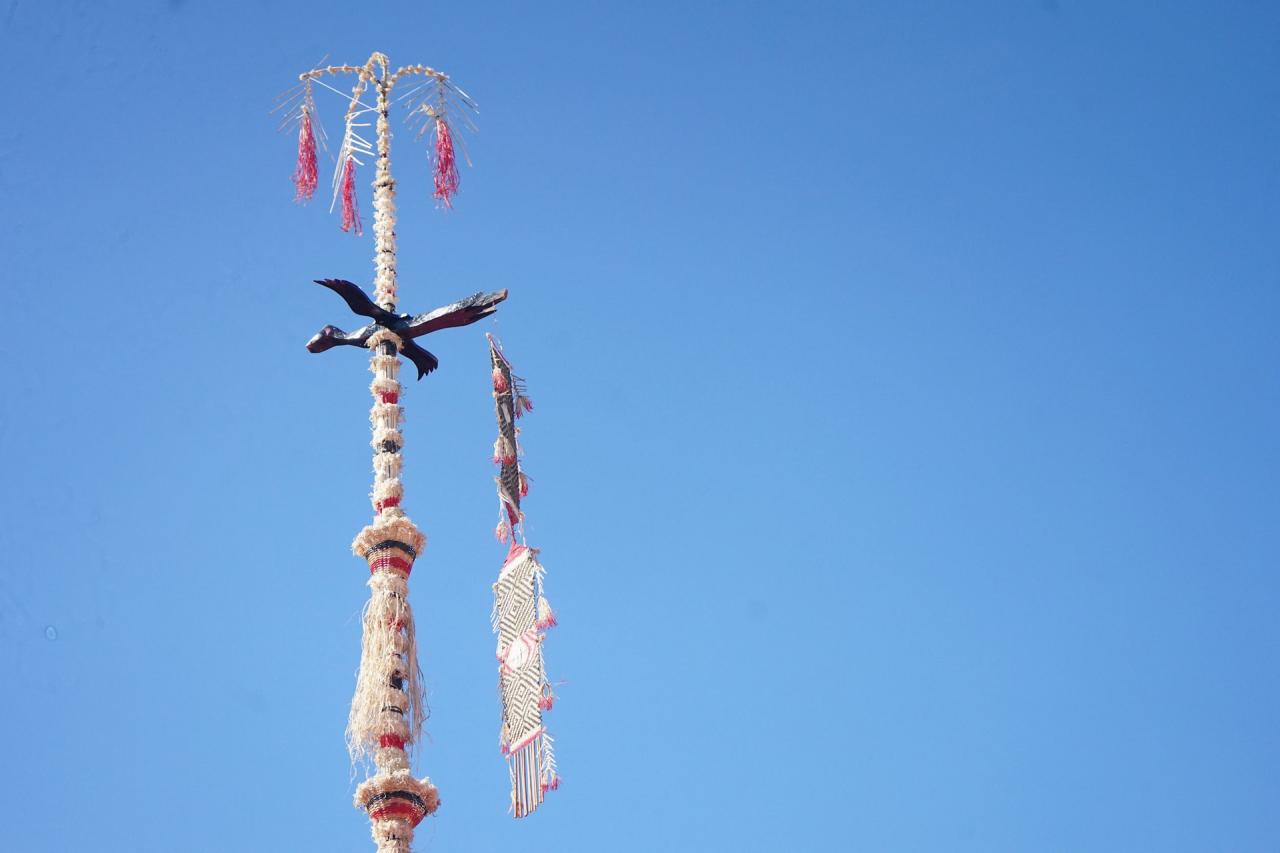
The "Rang" pole is decorated with many motifs, colors, and patterns made of woven fish bone strings, white silk threads from tree bark... symbolizing the strength of the extended family and village.
On the pole there is also a vase, symbolizing wealth and prosperity; a swallow calling in the middle of the tree, a kite and 3 jars to attract fortune. The pole is divided into 3 branches: the highest central branch symbolizes the husband, the two secondary branches represent the wife and children.
The motifs on the pole vividly reflect the daily life and work of the M'Nong people; at the same time, they express the people's desire for a prosperous life, abundant crops, and the growth of all things.
[VIDEO] - Pole performance in the reenactment of the buffalo stabbing ceremony of the Nam Tra My people:
Meanwhile, the Xo Dang people in Tra Nam and Tra Linh communes brought poles decorated with motifs in the main colors of black and white. The lines and patterns on the pole trunk are full of square, round, rectangular shapes...
The Xo Dang people decorate the pole colorfully with the hope that the mountain and water gods will see the villagers' sincerity and grant the village a prosperous harvest, with blooming trees, health and happiness for every villager.
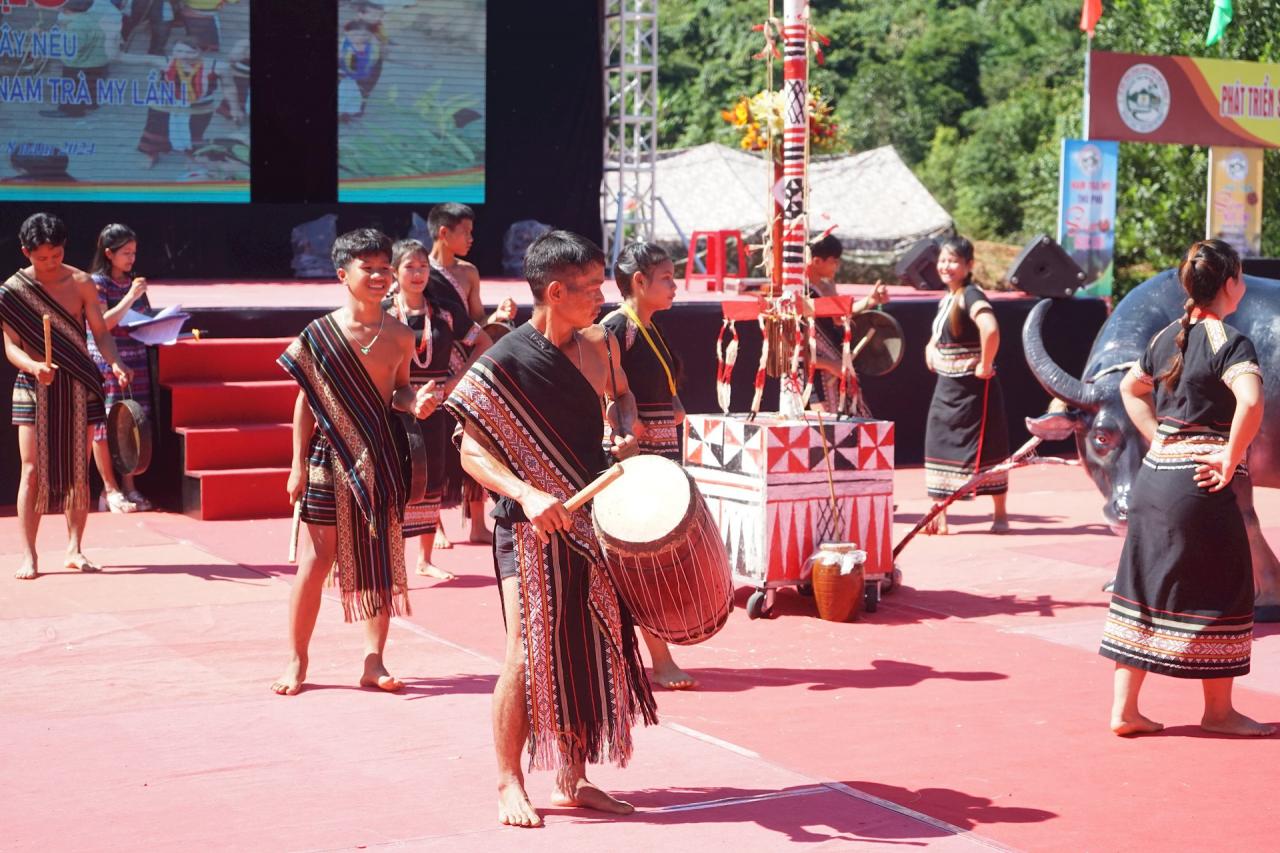
The Ca Dong people of Tra Tap, Tra Mai, Tra Don communes... believe that the pole is a bridge between the human world and the world of gods, a place for villagers to offer thanks to heaven and earth, guiding ancestors and the deceased to the eternal world; at the same time connecting people with people, one house with another, one village with another, creating a community living together in solidarity and prosperity.
Usually, the Ca Dong people's pole is made from bamboo or wood, symbolizing strength and resilience. The pole is usually about 13-15m high, connected by forest ropes and skillfully decorated with bamboo flowers.
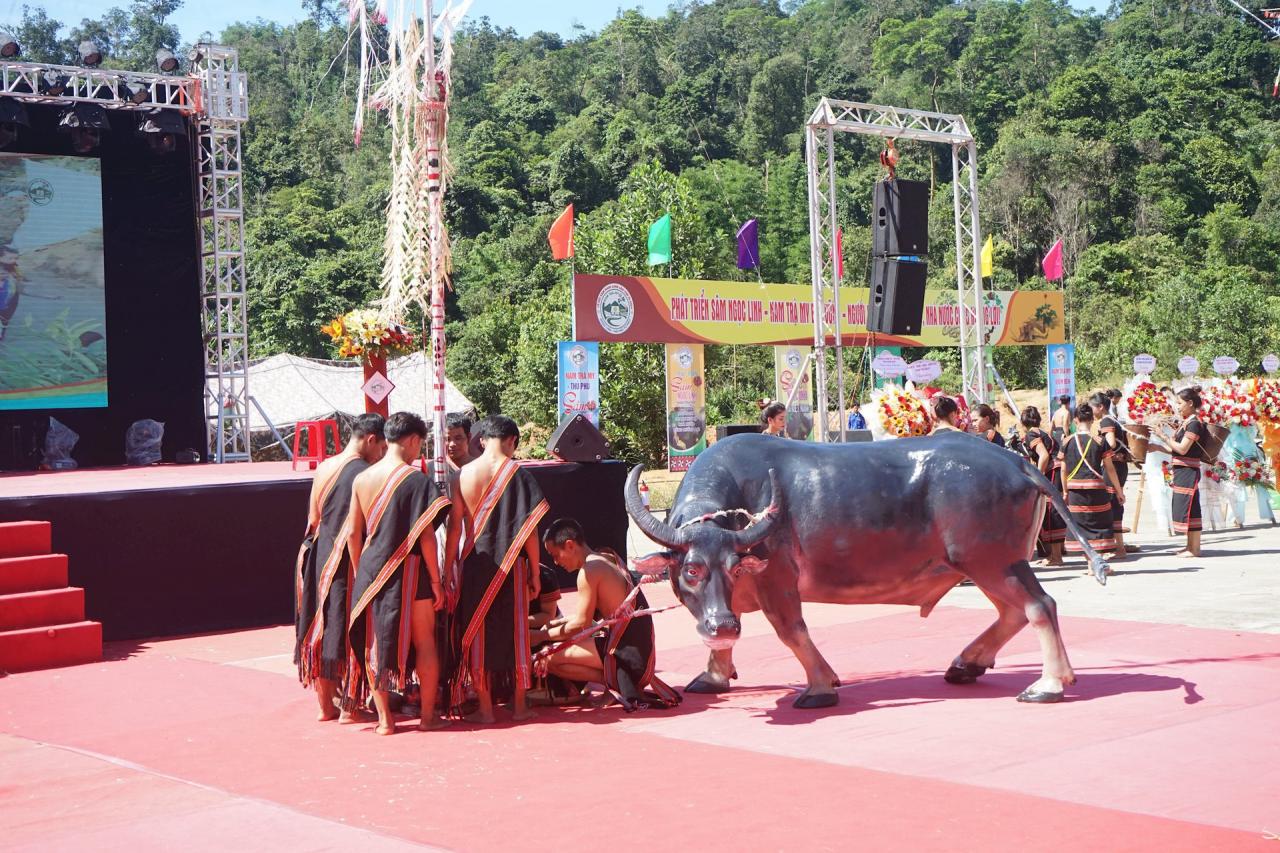
On the pole, there are very impressive decorative motifs in 5 colors (five colors), these colors are pounded from forest bark, or betel residue mixed with soot and lime. Each pattern is a story. The Ca Dong people believe that the more colorful, tall, beautiful and unique the pole is, the more it proves the skillful craftsmanship of the artisans in the village.
In the festival space, 10 communes in Nam Tra My district brought flagpoles according to the standards of the organizing committee. The flagpole stood out against the blue sky, below were groups of young men and women dancing to the prayers of the village elders, reenacting the buffalo stabbing ritual.
Source: https://baoquangnam.vn/hoi-thi-trinh-dien-cay-neu-cua-dong-bao-vung-cao-nam-tra-my-3138934.html


![[Photo] Attractive extracurricular lessons through interactive exhibition at Nhan Dan Newspaper](https://vstatic.vietnam.vn/vietnam/resource/IMAGE/2025/4/26/1f307025e1c64a6d8c75cdf07d0758ce)

![[Photo] April 30, 1975 - Steel imprint engraved in history](https://vstatic.vietnam.vn/vietnam/resource/IMAGE/2025/4/26/b5a0d7f4f8e04339923978dfe92c78ef)
![[Photo] Panorama of the rehearsal of the parade to celebrate the 50th anniversary of national reunification](https://vstatic.vietnam.vn/vietnam/resource/IMAGE/2025/4/26/afd7e872ef6646f288807d182ee7a3da)

![[Photo] Ho Chi Minh City people's affection for the parade](https://vstatic.vietnam.vn/vietnam/resource/IMAGE/2025/4/26/7fcb6bcae98e46fba1ca063dc570e7e5)
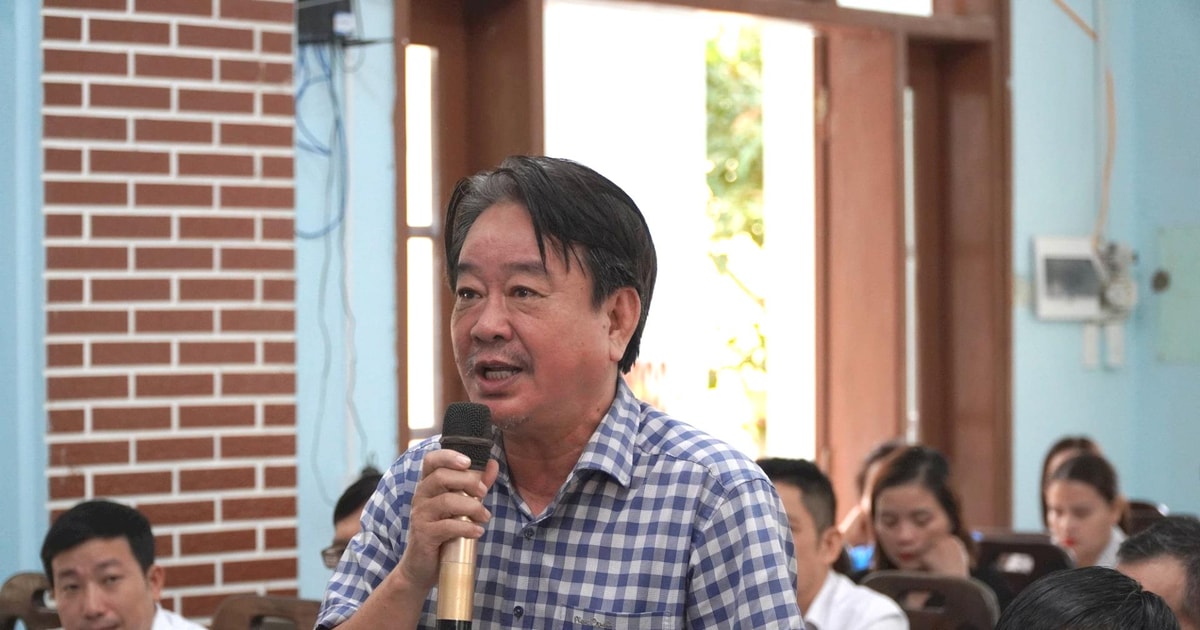

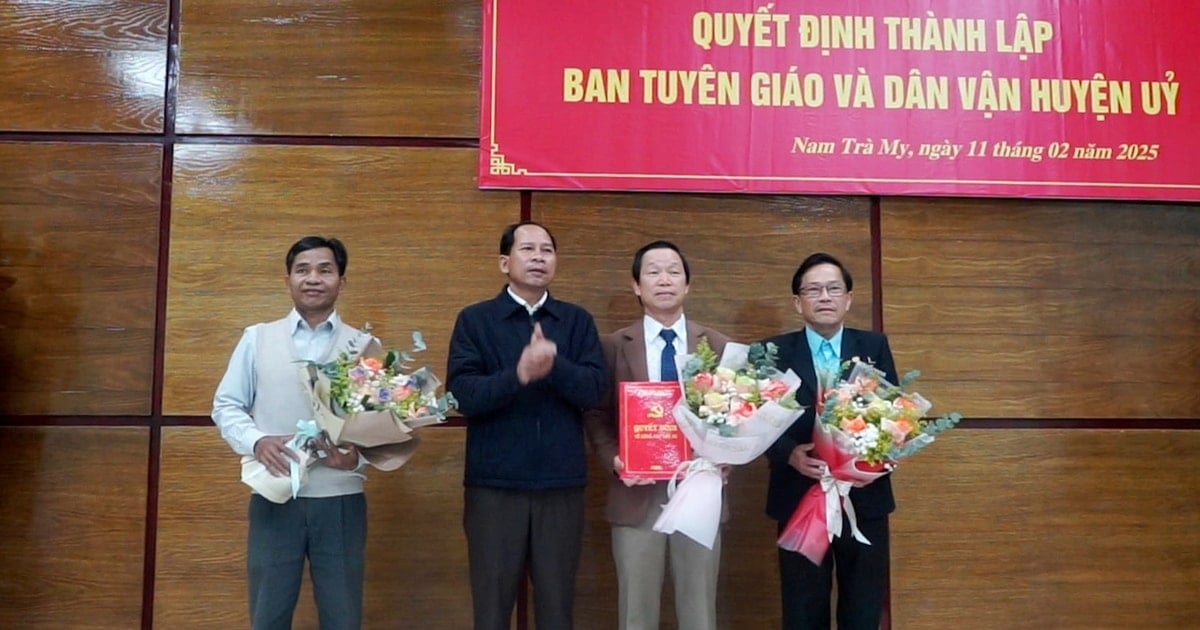
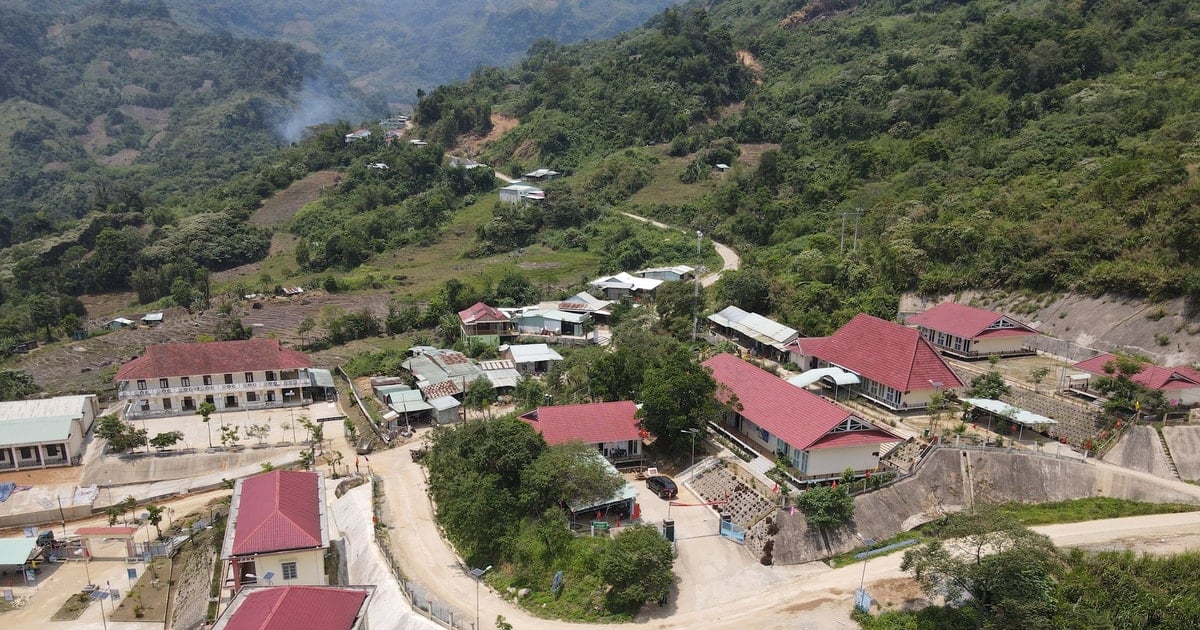
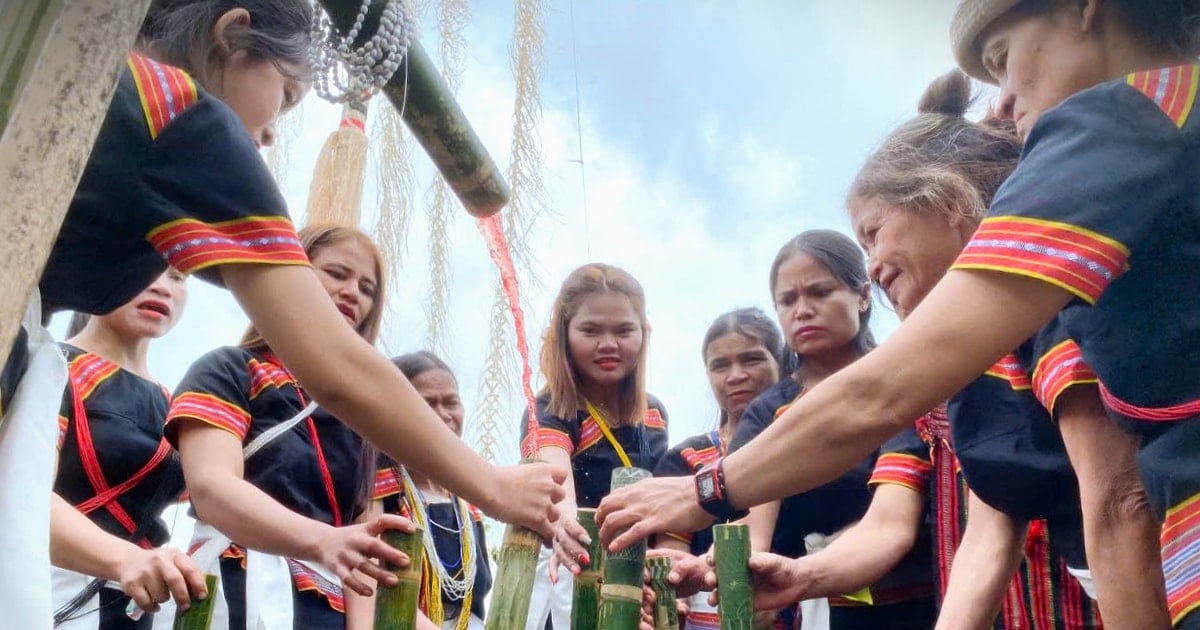


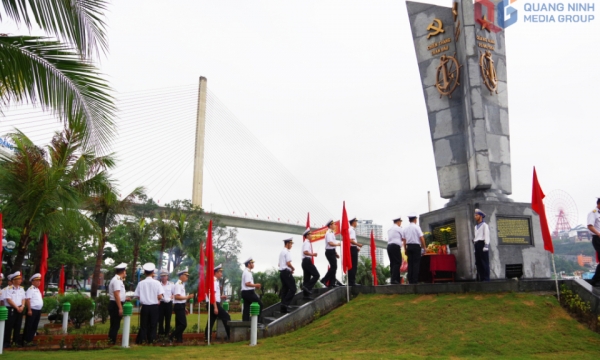
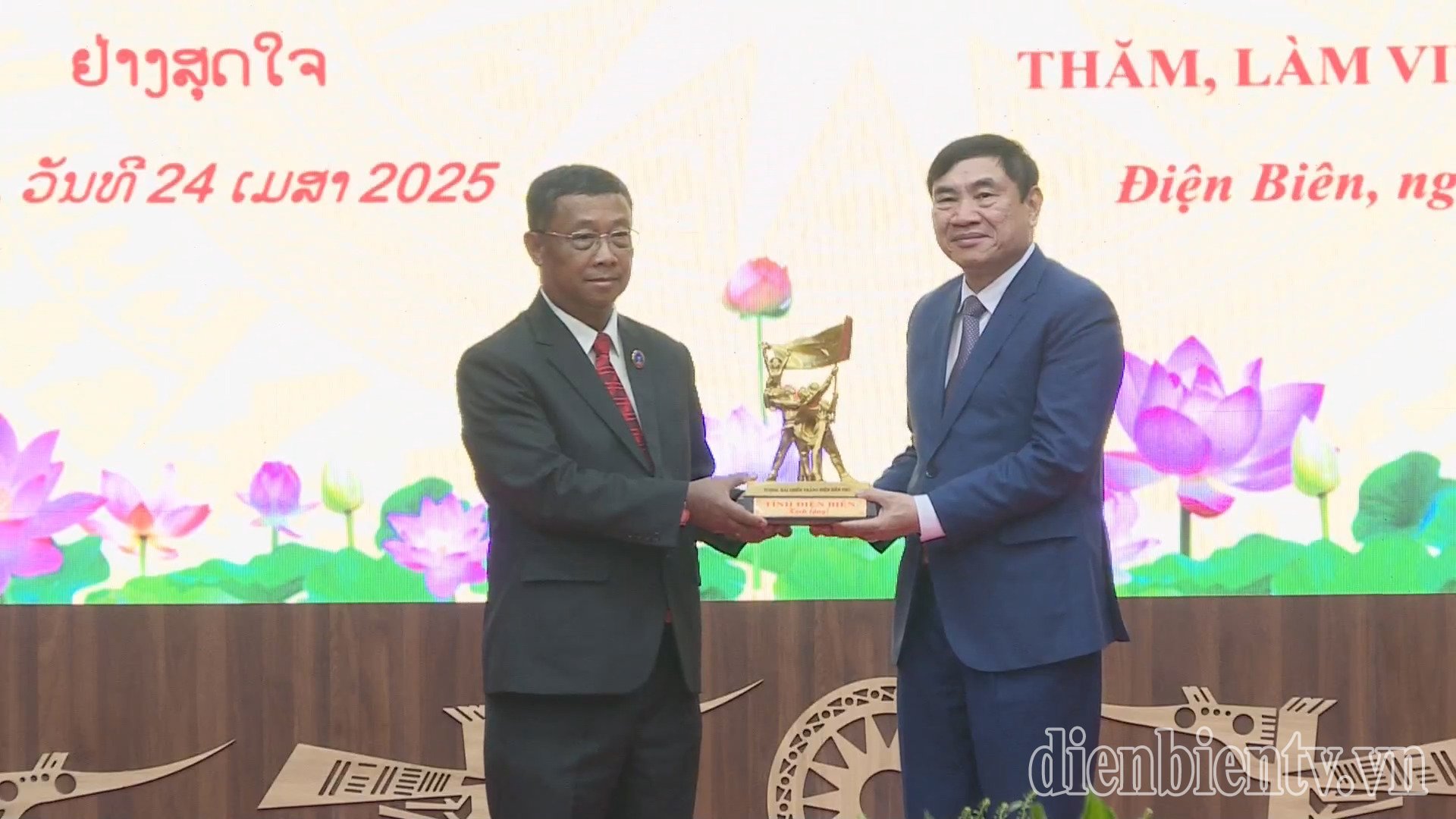
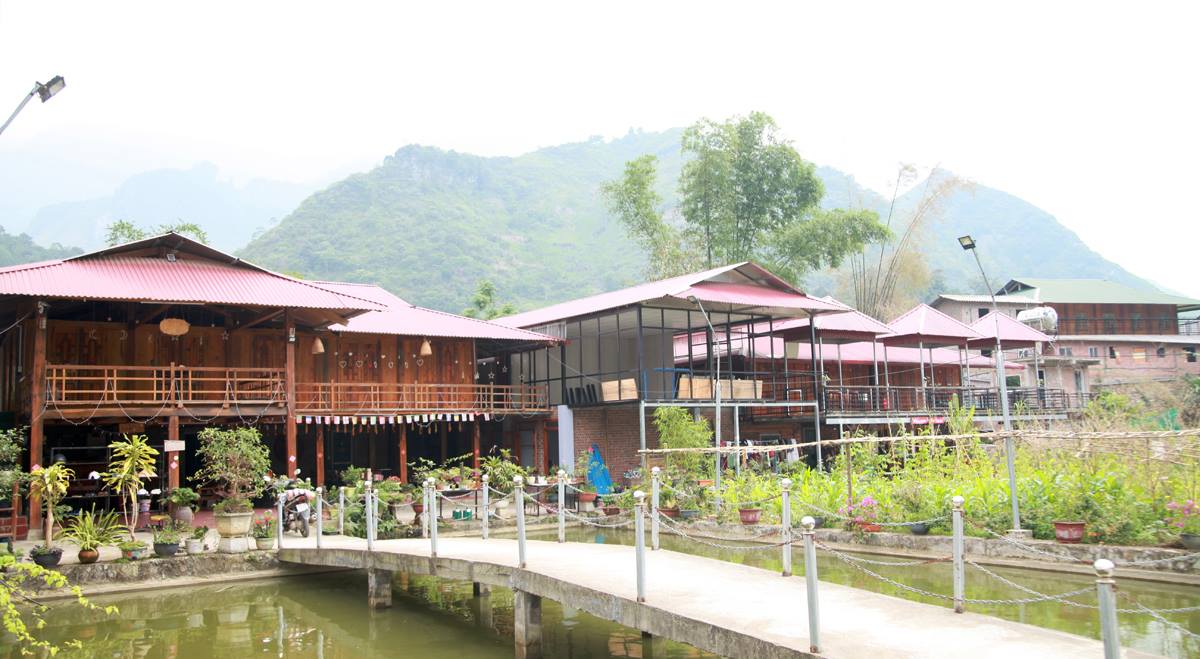


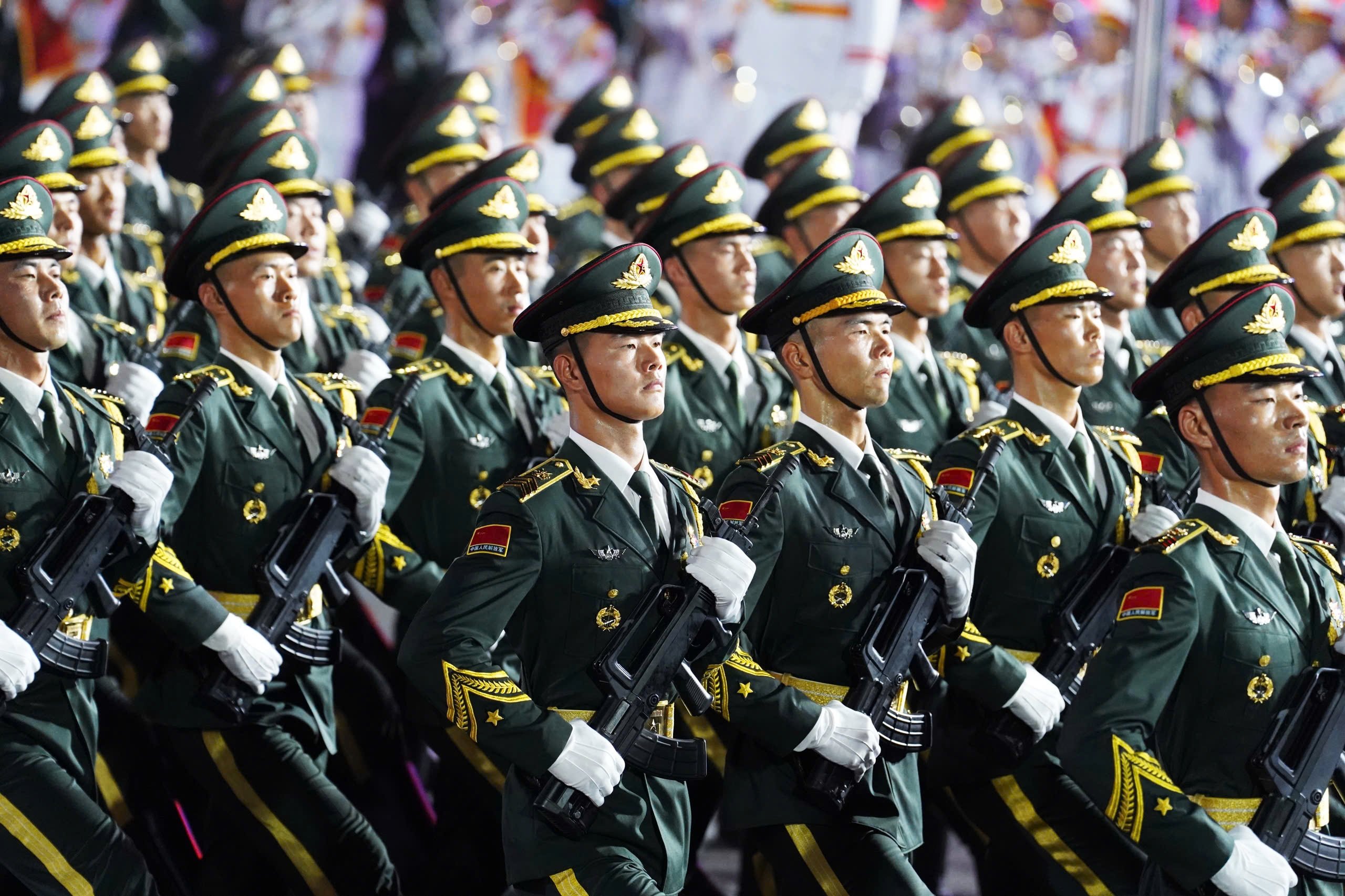

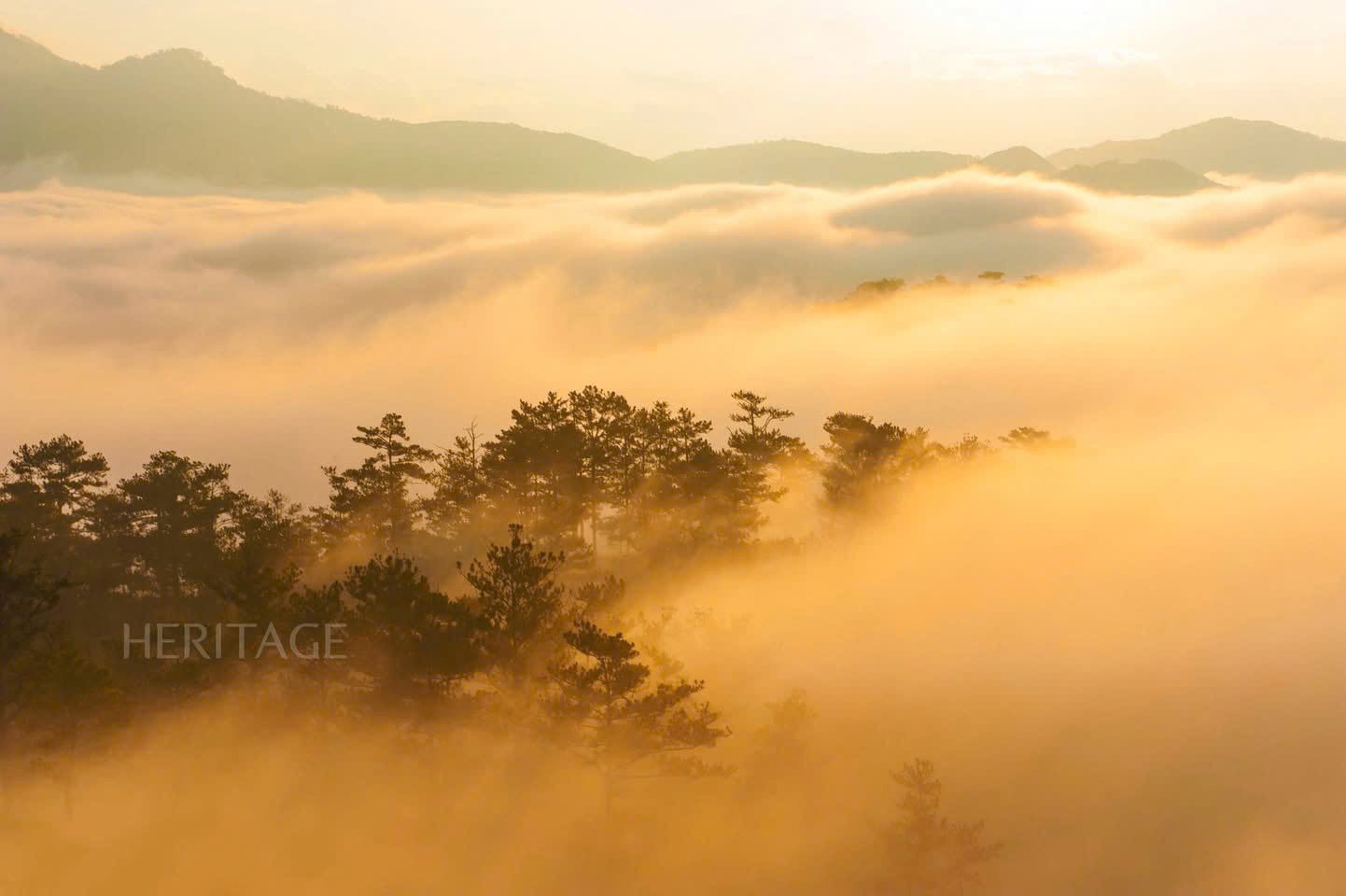



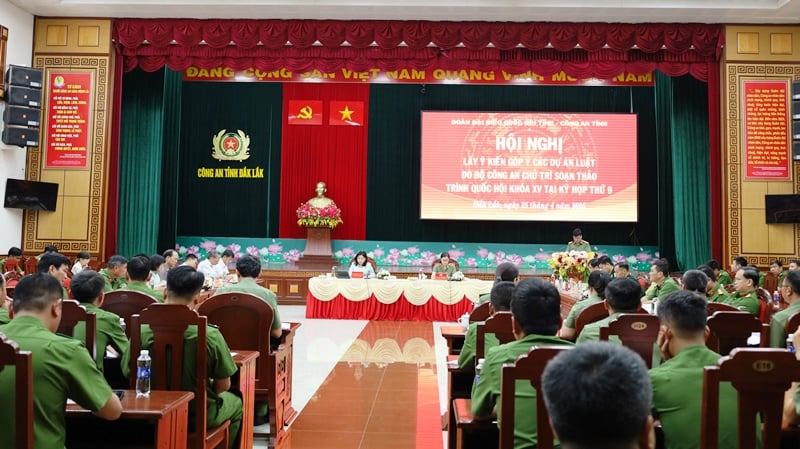
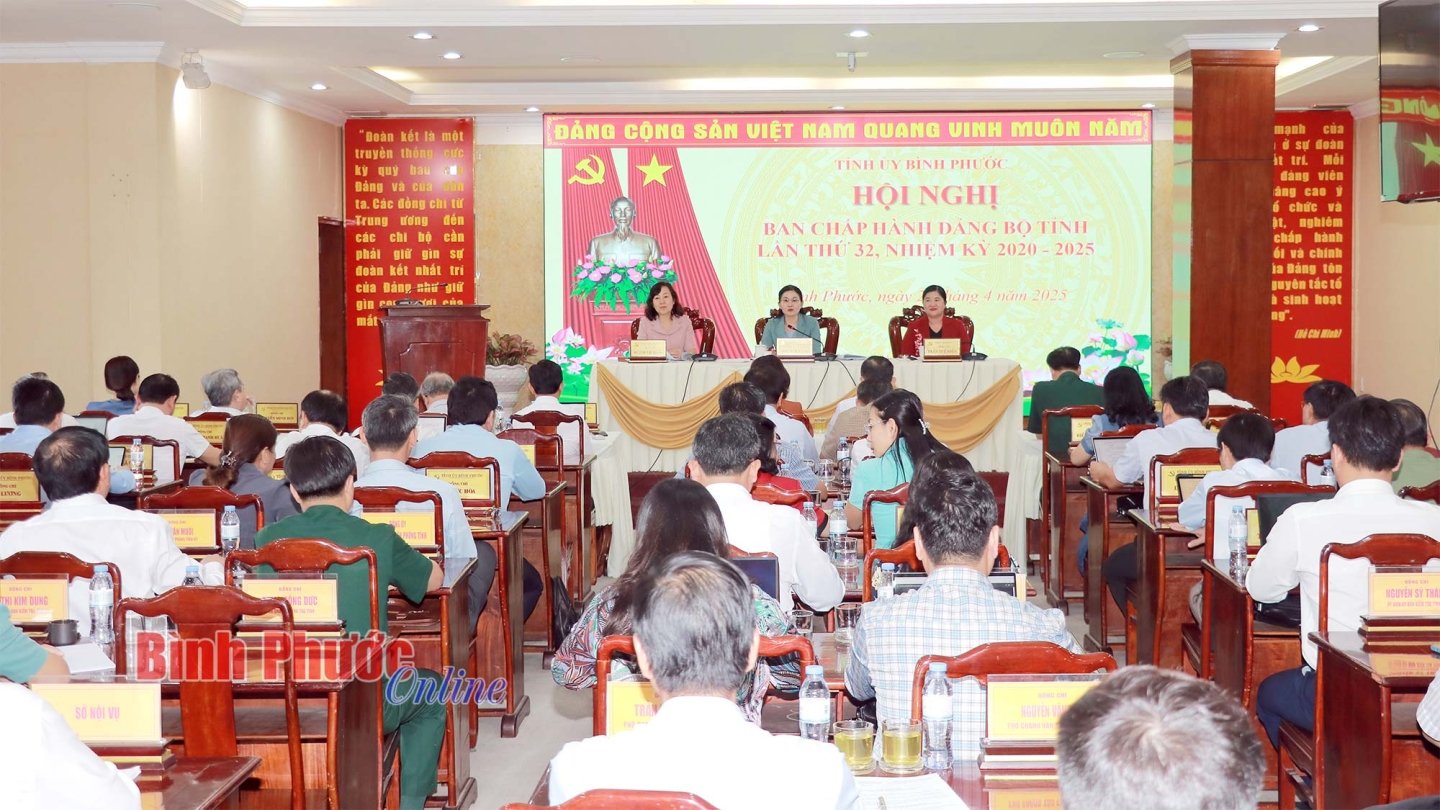

![[Photo] President Luong Cuong meets with Lao Prime Minister Sonexay Siphandone](https://vstatic.vietnam.vn/vietnam/resource/IMAGE/2025/4/25/3d70fe28a71c4031b03cd141cb1ed3b1)
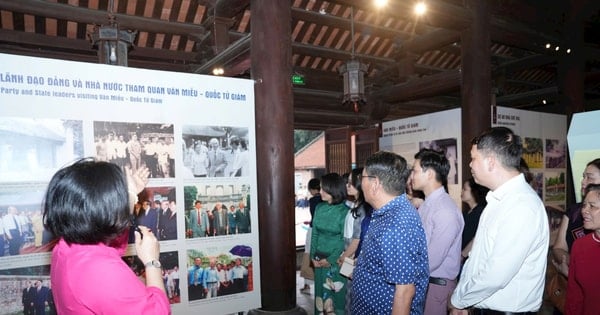

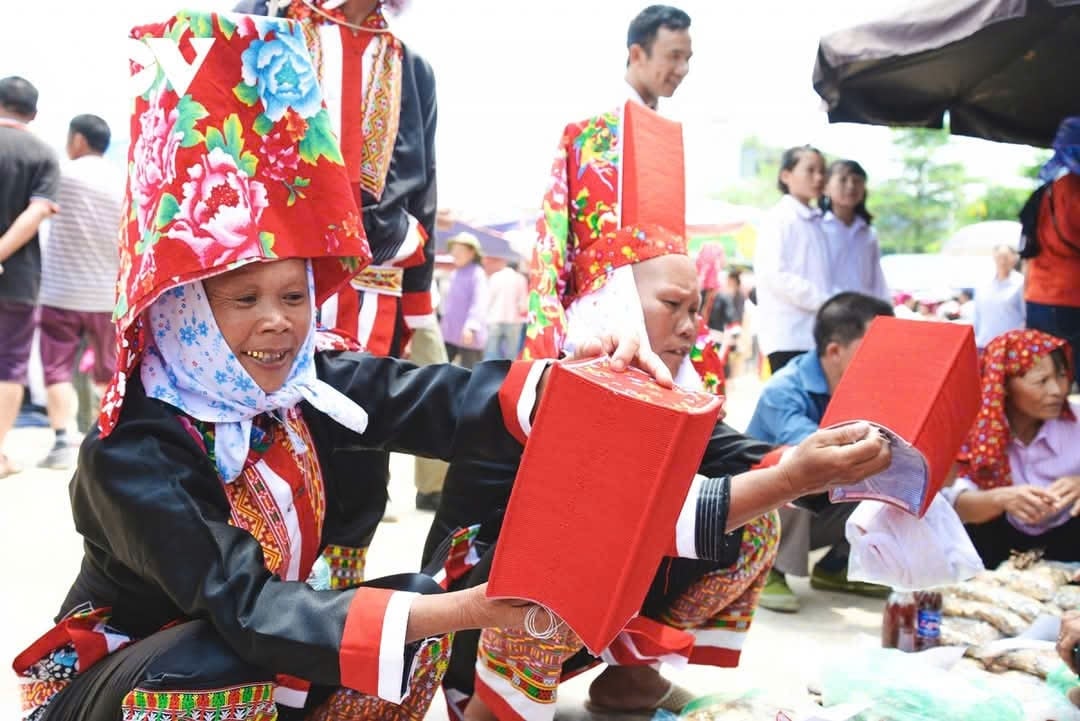



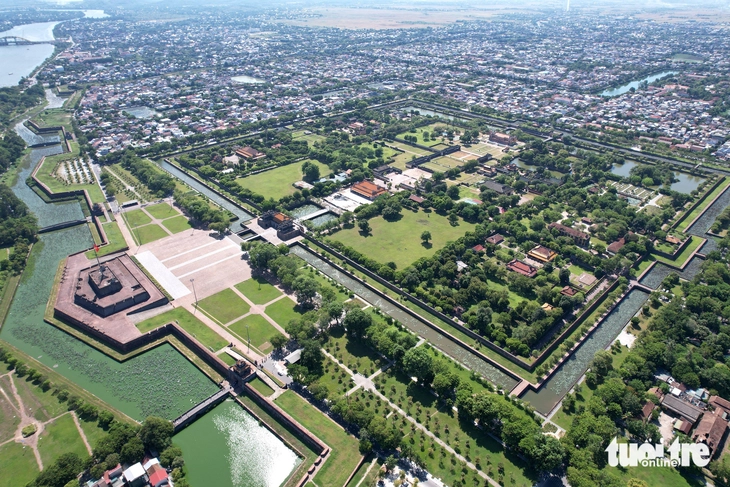

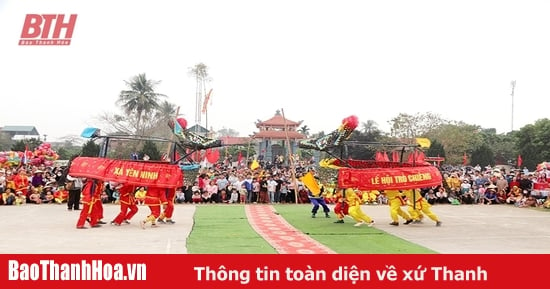

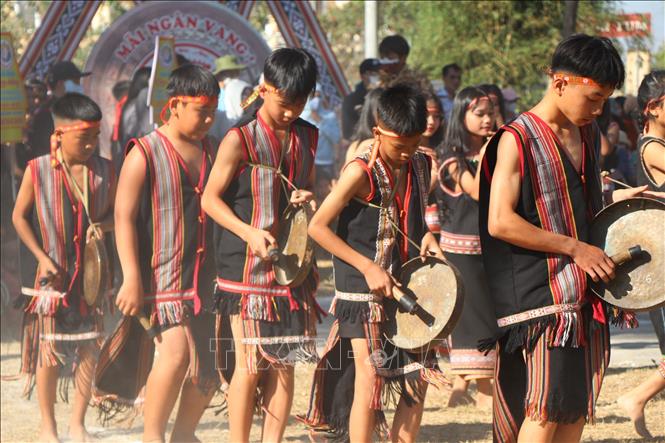





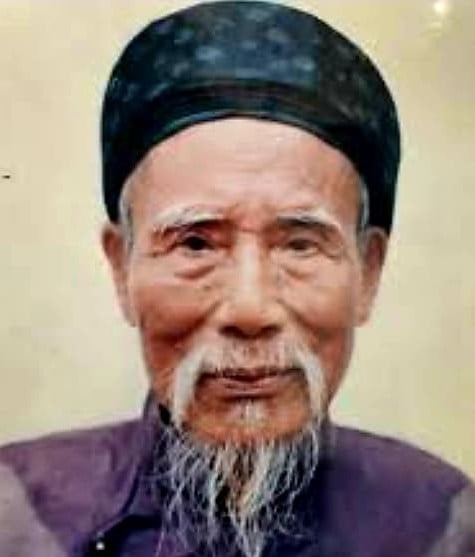






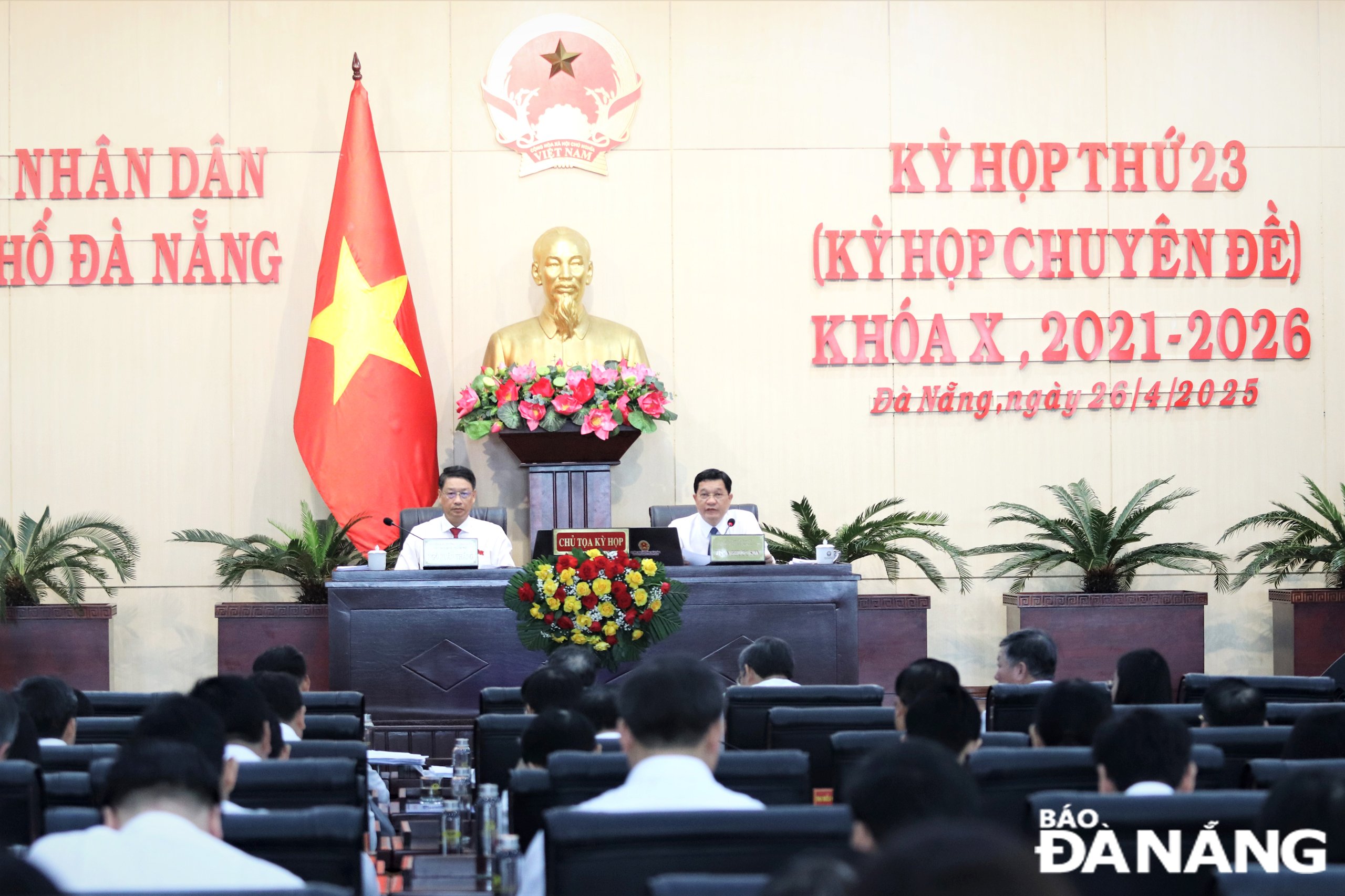

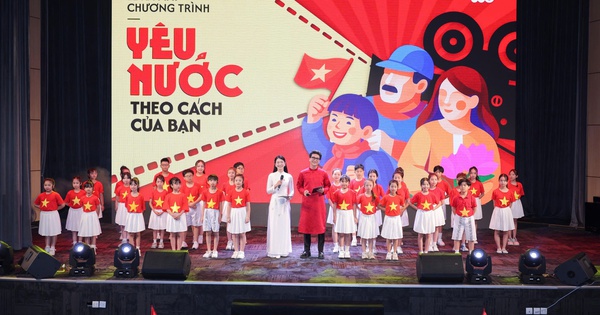










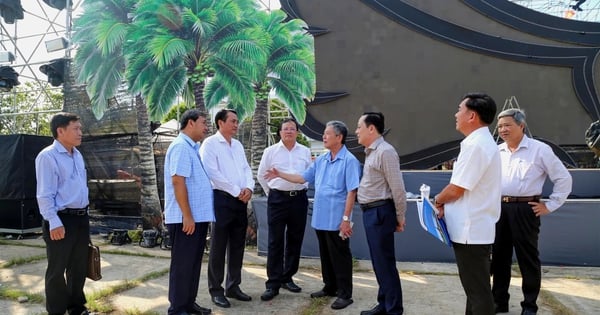

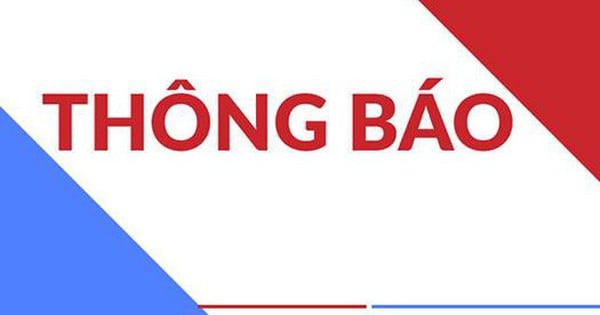






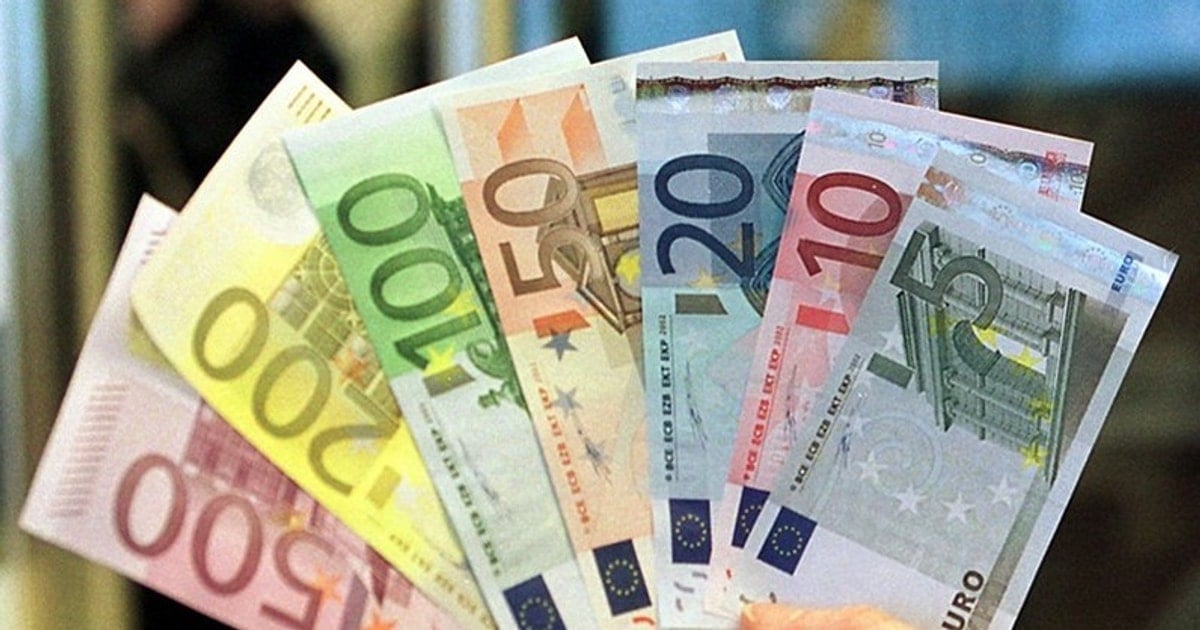

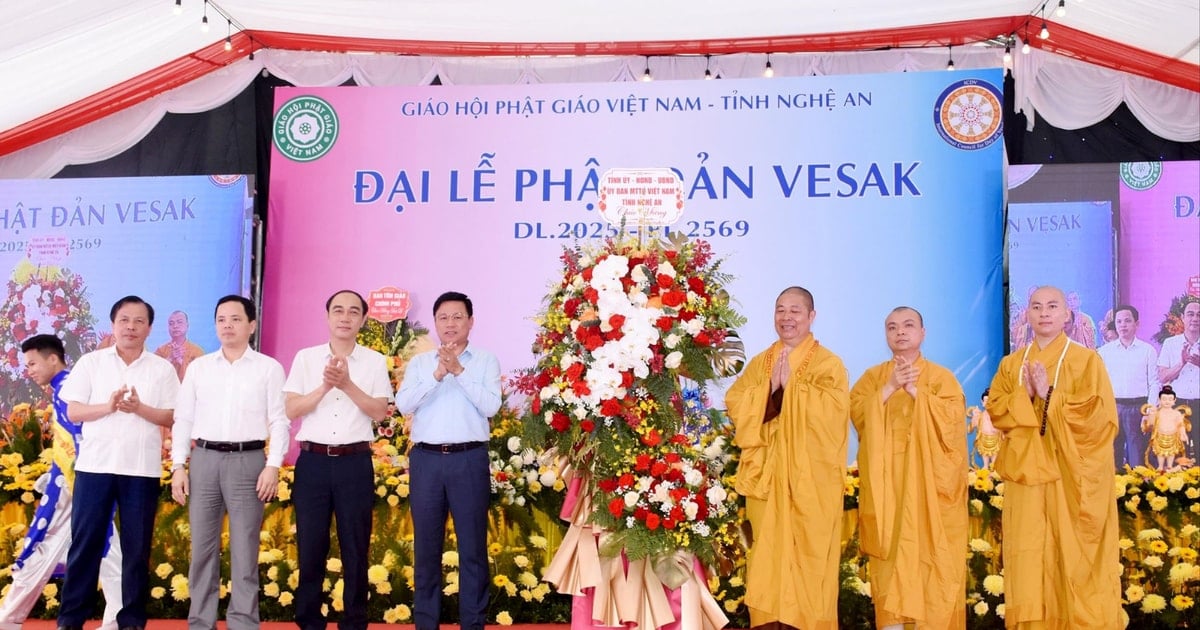
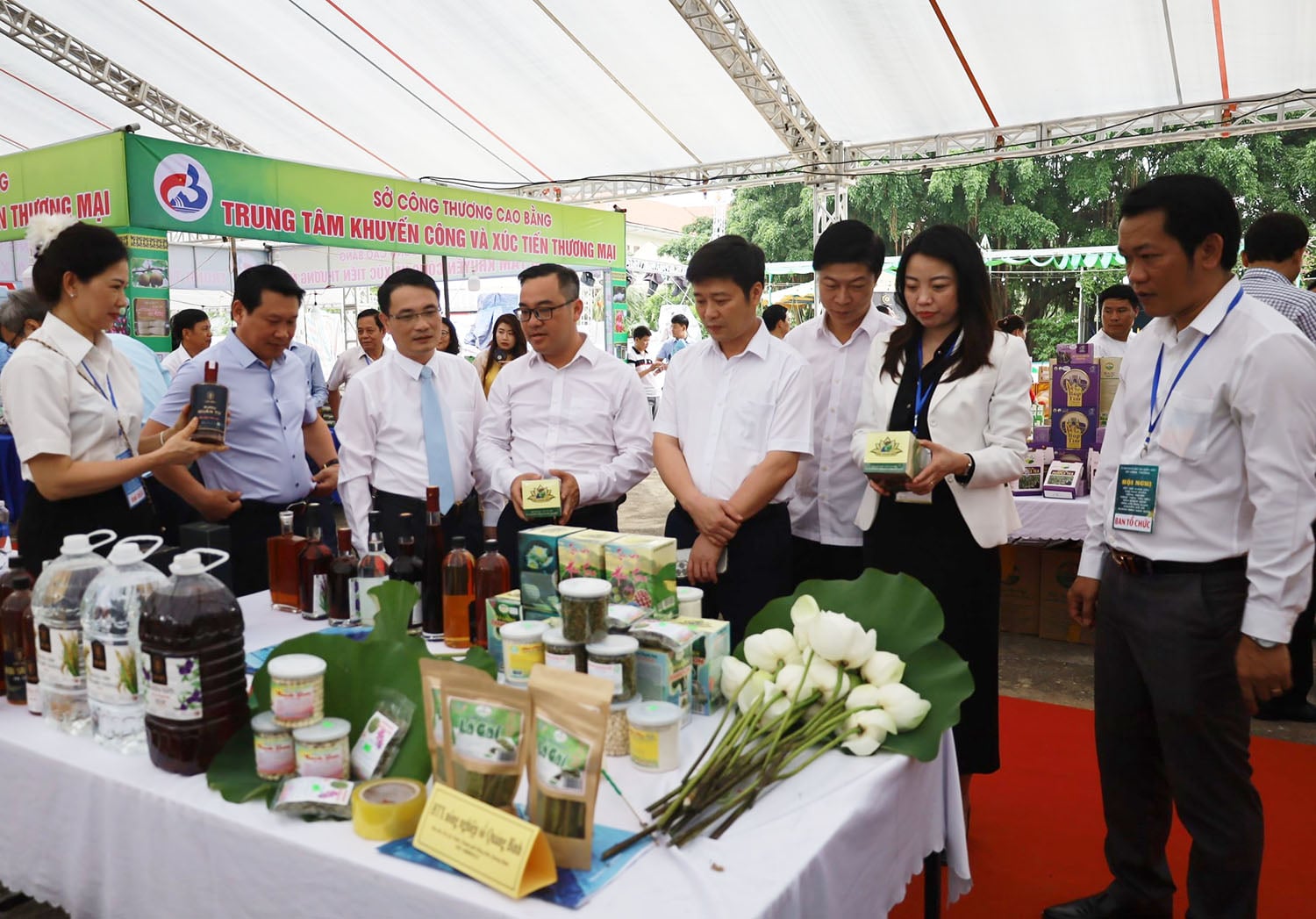

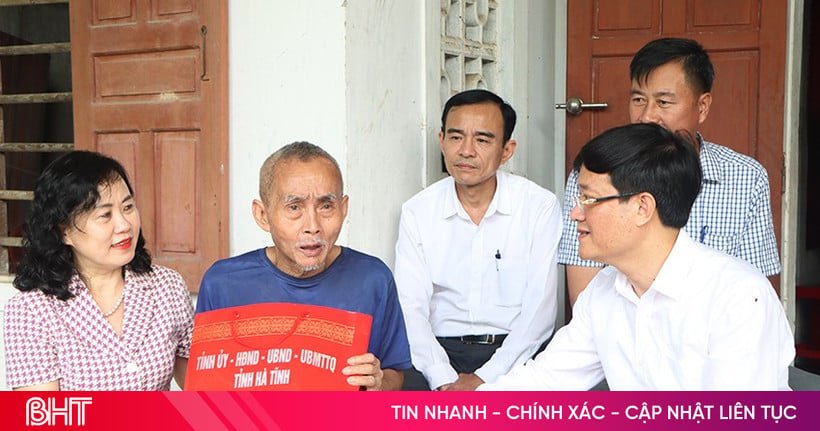

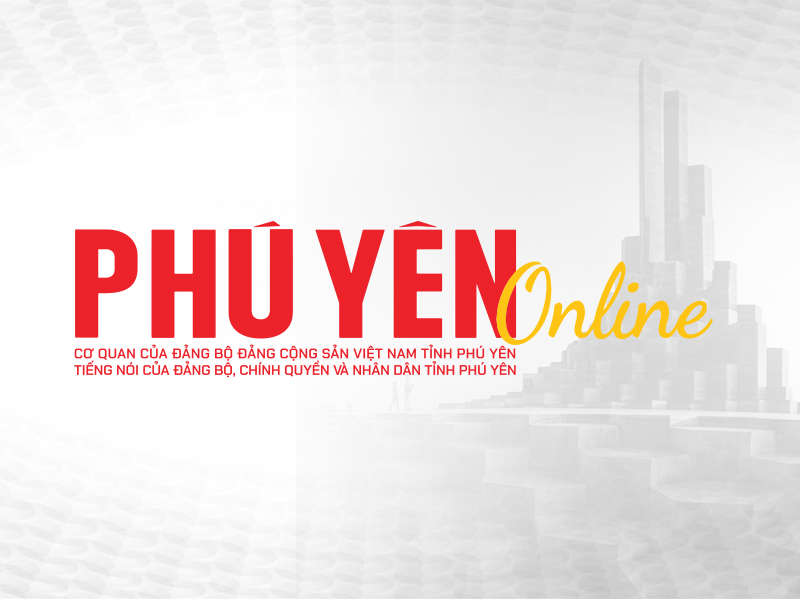

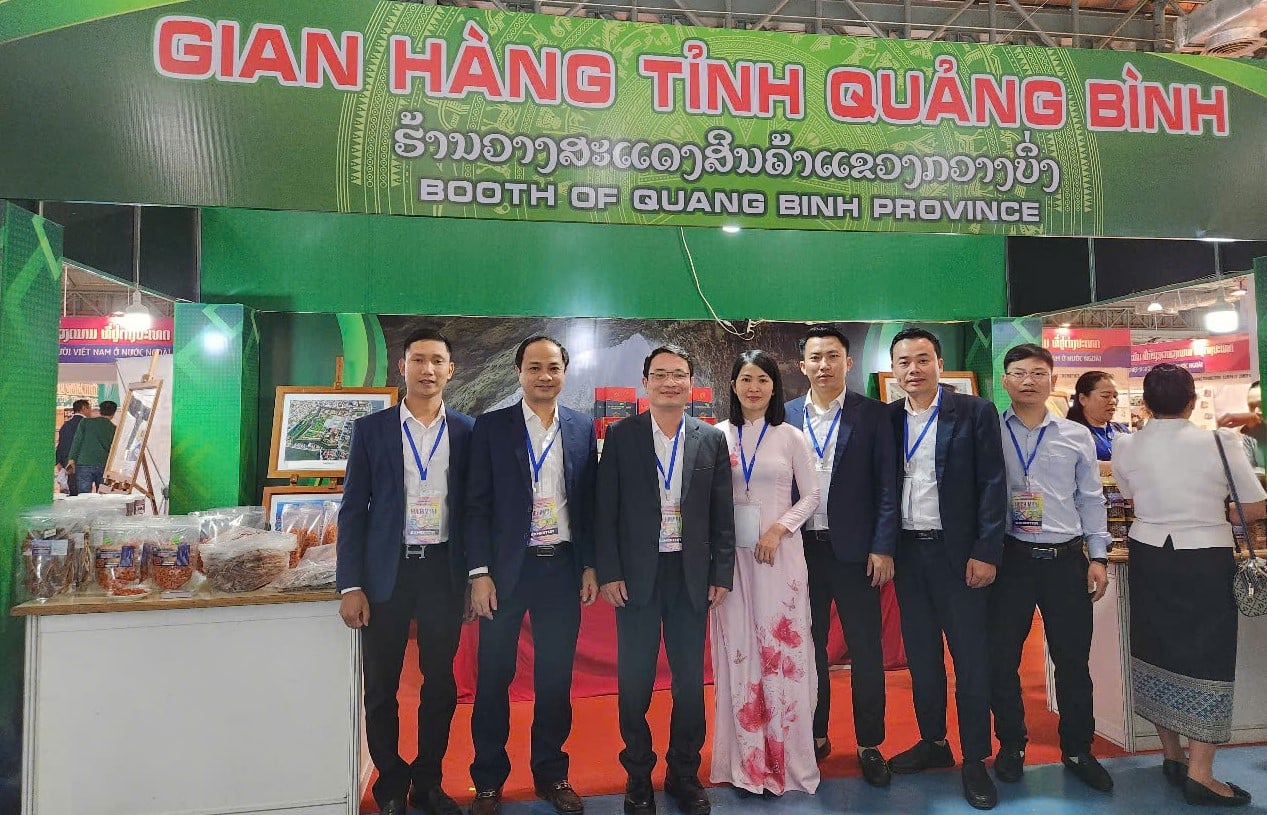
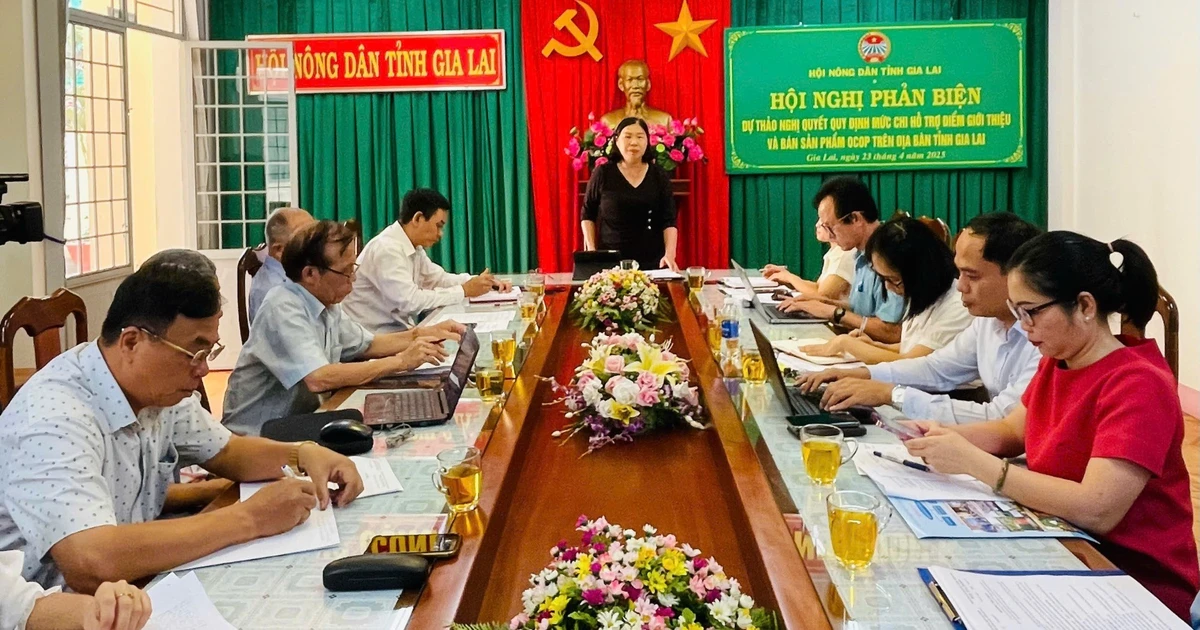

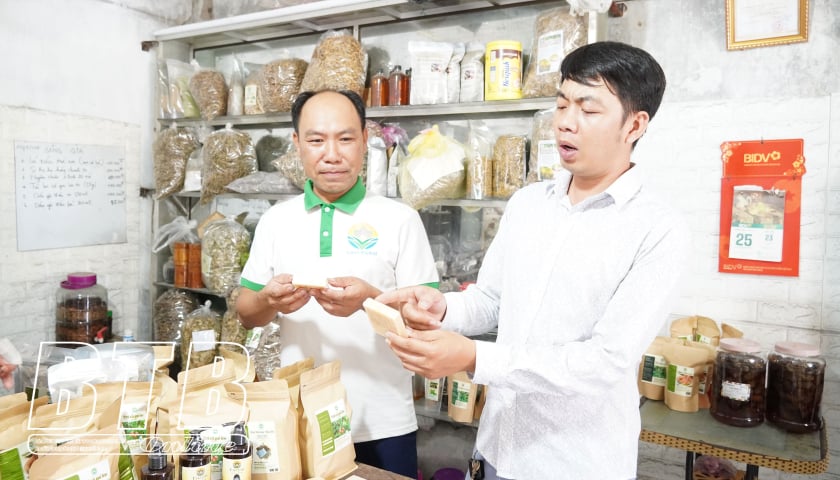



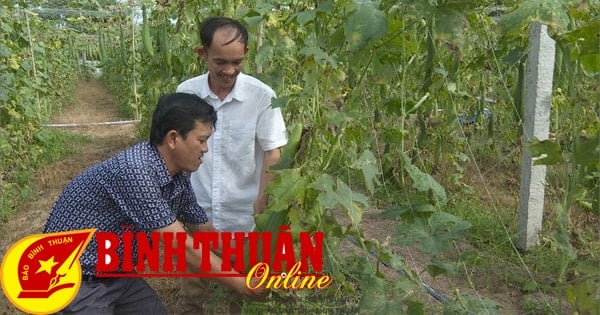


Comment (0)